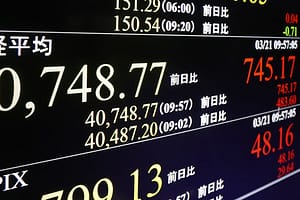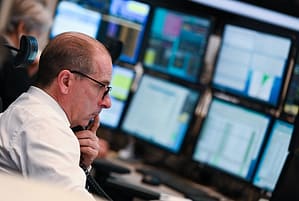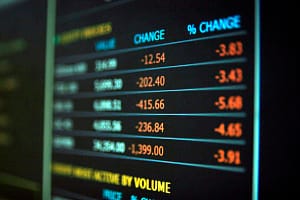Aviva Investors, the global asset management arm of Aviva, expects global growth to continue to slow sharply in 2023 as major economies fall into recession.
The downturn will be concentrated in developed economies, many of which will struggle to achieve any growth. The conflict in Ukraine has added significantly to the supply-side problems that followed COVID, but aggressive central bank actions to counter persistent inflation are also a key driver.
The full effects of the considerable amount of monetary tightening in the pipeline will be felt next year and beyond but we should also expect further hikes between now and the spring. Headline inflation has probably peaked or is peaking and should fall next year, helped by a stabilisation or even decline in energy prices, but core inflation remains too high and risks persisting for longer.
Although growth has already slowed, there has been almost no easing in labour market slack, resulting in upward wage pressures and a greater risk of more damaging second-round effects on inflation. Downturns will counter this, but it will take time. Recessions are expected to be comparatively mild as there are few private sector imbalances to correct. However, risks are to the downside.
The sharp tightening of financial conditions has led to a marked re-pricing of risk assets and much higher real rates. This has meant painful adjustments for all asset classes, including sovereign bonds, corporate credit, equities and real estate. Changing correlations have complicated investment decision-making and the greater volatility that has resulted is expected to continue in 2023.
Michael Grady, head of investment strategy and chief economist at Aviva Investors, said: “Global markets fell in unison in 2022 as the world adjusted to higher real rates, with the pain felt across both developed and emerging markets. The dramatic shift in cross-asset correlations was also accompanied by a significant increase in asset market volatility, most notably in bond markets, but also in foreign exchange and equities.
“Looking ahead, we prefer to be broadly neutral in equities. Equity markets have de-rated through 2022, reflecting the move higher in real rates. We expect to see downward revisions to earnings expectations in coming quarters to weigh on markets as a result of the shallow recession.
“We have a preference to be modestly underweight duration, with upside inflation risks outweighing the downside recession risks. However, the peak in policy rates is likely approaching, requiring a nimbler approach to the asset class in 2023.
“We take a neutral view of credit, where we think the recent rally in spreads makes high-yield less attractive going into recession. On investment grade, the all-in yield on short-dated paper does make it relatively attractive but is competing with attractive risk-free cash returns.
“Finally, we prefer to be long the US dollar going into 2023, reflecting the weakening global growth environment and the strength of underlying inflation in the United States, but think that the longer-term dollar move higher could reverse as growth prospects improve in the second half of 2023.”






Leave a Comment